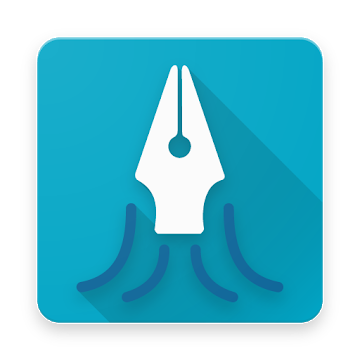Android developers can distribute apps on Chromebooks through the Google Play Store. The following content shows you how to optimize or build Android apps for ChromeOS.
Visit chromeos.dev to learn more about your apps on ChromeOS devices, optimized experiences you can build, and the ability to develop and test natively on ChromeOS devices.
Documentation
- Start building apps for ChromeOS
- Optimize apps for ChromeOS
- Preparing your development environment
- App manifest compatibility for Chromebooks
- Load apps on Chromebooks
- ChromeOS device support for apps
- App rendering differences on Chromebooks
- Window management
- Input compatibility on large screens
- Debugging animation jank
- Test cases for Android apps on ChromeOS
Examples
Evernote launches on ChromeOS and sees 3X increase in time spent on larger screen devices
Evernote's mission is to help individuals and groups remember everything, turn ideas into action, and work effortlessly together. Their Android app gives people the tools they need to get organized, take and save notes, and collaborate with others.
Squid boosts their rating with new features in ChromeOS
Squid allows users to take handwritten notes naturally on various devices. With Squid you can write just like you would on paper using an active pen, passive stylus, or your finger and easily mark up PDFs to fill out forms, edit/grade papers, or sign documents.


